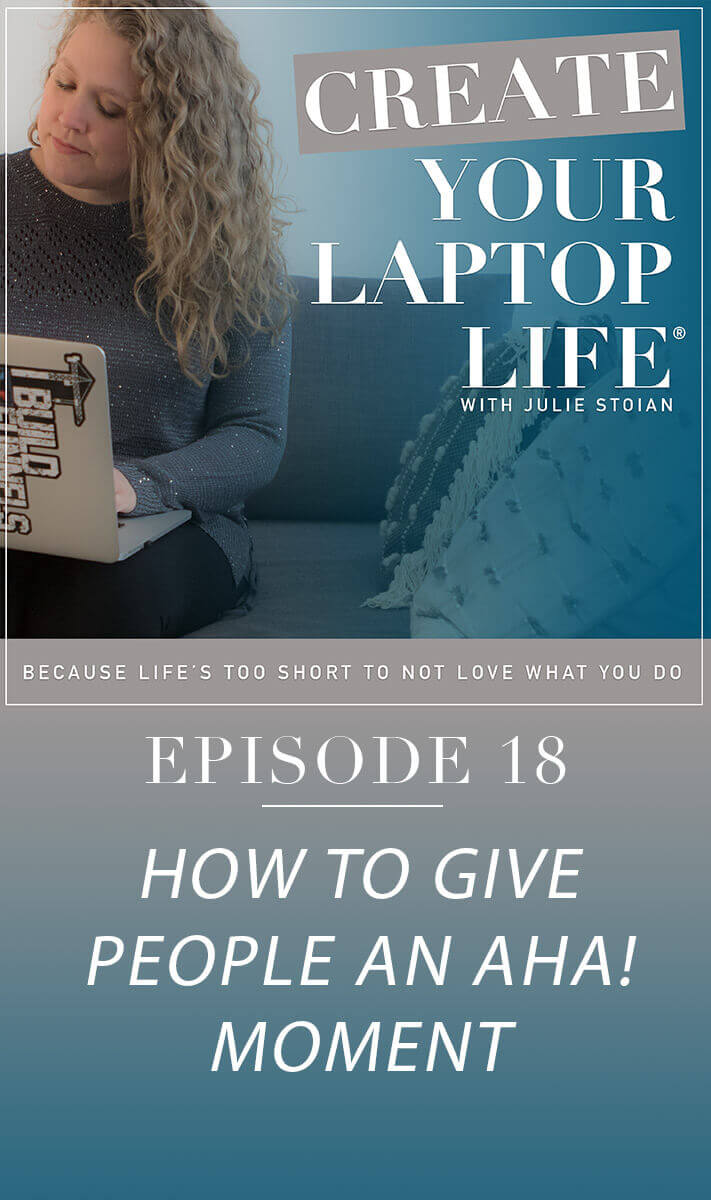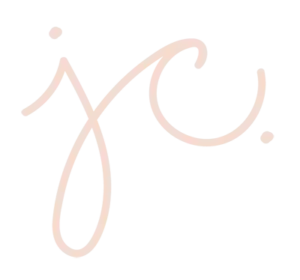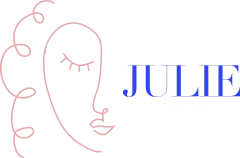In this episode, I dive into some of the ways you can give people their aha! moment. This will make your writing, teaching, and influence far more powerful, no matter what niche you’re in.
Subscribe On:
Full Transcript:
Hey everyone, this is Julie today, I want to talk to you about something that I’ve really been thinking about on my own and also had one of my clients asked me about. She said, Julie, how do you create Aha! moments? She said, you’re such a good teacher, which I said, thank you. That was awesome. And she said, you know, you’re just always giving people those Aha! moments, like how do you do that?
So I want to talk about that today because I think if you’re trying to become an influencer or you’re a teacher or a coach, consultant, whatever it happens to be, part of your job is to help people have that Aha!. So how do we do that?
So the first thing is, I read a book once and this had nothing to do with teaching and everything to do with advertising, but I remember them talking about the combination of adrenaline and dopamine in the brain. And in advertising, there’s this fine balance between creating curiosity to get people to stop and look and pay attention. Russell calls that getting the hook, right? It’s the hook of whatever it is you’re doing.
And then there’s the story. There’s the resolution, there’s the context, right? So you get somebody to stop and get them to look. Then you tell them a quick story. You give them some context and they have that, oh, okay, I get it. There’s that resolution, right? So when you have the adrenaline side, which is the curiosity, right? That’s what happens. It piques your adrenaline, gets your heart racing a little bit, get you paying attention, focused at attention basically.
And then the story, the context is the dopamine hit. It’s that sense of resolution, that closed loop that we want. So when you combine those two things together, you really have an Aha! moment and so the most important thing you want to do in your teaching is give people that Aha!. So maybe even at the beginning of this episode when I said I want to teach you how to give people Aha! moments, maybe you were like, oh, how do you do that?
Like, oh, I didn’t even think of that. Oh, well maybe there was a little bit of a rush of curiosity of what was I going to say? How am I gonna? How am I going to explain that to you? And then I go and explain it, and then you have this resolution, the context where you feel like, oh, okay, I get it now. That’s the dopamine hit and now I’ve just given you an Aha!.
Now there’s lots of ways to give people Aha!. The first and the most powerful way I think to give someone an Aha! when you’re teaching is by using story. And when you tell a story, you have to remember the steps where the journey that you took or your client hook or whoever you the stories about what, what steps did they actually take that got them to their result?
Because a lot of us we forget and we think, oh, this is so cool. We’re always sharing what’s in the moment and we forget all the things we did to get where we wanted to go. A perfect example would be, you know, I do webinars now. I do them pretty regularly and make lots of money and it’s super fun to tell those stories and to tell people, but then people who are just starting or like, how do you do that?
And if I can walk back and go back to that first day when I discovered what a Webinar was, I did it completely wrong and I didn’t pitch and all these mistakes I made and if I start telling that story, I create that bridge where I go back to where I was, because chances are your customer, your client is back there too.
So you have to go back there and get really, really in touch with their story because it was probably your story at one point or somebody you know. And then what you do is once you’re back in there, you’re in that context and you’re dragging them along your journey. The idea is that in the telling of the story, you’re going to give them the same Aha! that you had.
We do this all the time in webinars where we look at what the false beliefs are when we’re trying to sell something. You know, if I’m trying to sell some sort of dieting program, the false belief is going to be like, this doesn’t work, right? This is crap. And so I have to go back to when I thought it was crap too, and I have to resonate with them in that moment and talk about how I felt when I thought it was crap, and then walk them in that story journey to the point at which I had that epiphany, that Aha! moment. That sense of all of a sudden something changed.
Because when you do that, you’re more likely to give them the Aha! than if you just talk about all the stuff you love about it now because you’re like 10 steps ahead of them. So one of the most powerful ways to give people Aha! moments is through story.
This is really similar, but another way to give people Aha! moments is to think about analogies. This works really, really well when you draw analogies between something that they know, but that’s unrelated. I do this all the time with business and dieting because we all know people who are on diets. Maybe we’re on diets. Maybe we understand the yo-yo cycle of dieting and so I can draw analogies to business, to marketing in the dieting world. And when I begin telling that analogy, usually there’s a little bit of adrenaline because there’s some curiosity, right?
I remember I wrote a blog post once called “If You Like Dieting, You Might Fail at Business”, right? Curiosity. It’s a hook. People are like, what is she going to say? And then I tell a story, I give the context, it closes the loop. We get the dopamine rush, we get the Aha!.
So practice telling analogies, finding things that are unrelated to the topic at hand, but are super, super relatable where you can draw those parallels.
Another example that I use is in sales funnels. When I’m talking about sales funnels and kind of the psychological mind games that happen when you’re building a sales funnel and you’re about to launch it, procrastination, fear, imposture syndrome, rabbit trails, all this kind of stuff. And I talk about it and I kind of draw the analogy that that launching a sales funnel is a little bit like giving birth.
And then I start talking about giving birth and all of a sudden people are having that Aha! moment. That’s my best advice for you is when you want to give people that Aha! moment, it’s really about stories. It’s about analogies and it’s also about you going back in your past and being able to retrace your steps to really think about the points, the low points, the high points, the points where you went, oh my gosh, that’s it. The points where you felt blocked against a wall because the more able you are to get in touch with the past and kind of how you came to the journey or where you are right now, the better able you are to kind of reach back in and grab people.
I mean, it goes without saying that if you want to give someone an Aha! moment, you also need to have some sense of emotion. You can’t just be a bland, boring, monotone speaker, so you have to really be able to capture an emotion as well.
Finally, the last thing I would say is never stop learning. I think the more Aha! moments you have as an influencer or as an entrepreneur, the more you’re gonna be able to give to other people because the minute you have an Aha!, super important record, write, do whatever you have to do in that moment because you’re going to capture emotion. You’re going to capture feeling that you wouldn’t be able to get any other way.
A lot of you probably listened to one of my previous podcasts, I came back from Kenya. I wrote the blog post on the flight home. I was exhausted and the last thing I wanted to do to be quite frank, was write a 3000 word blog post, especially because there was a lot of movies. I was in First Class. I could lay down, I could go to sleep, but I knew that if I didn’t write and experience that again through my writing in that moment, that I would lose it, that it wouldn’t carry the same Aha!
I wouldn’t be able to give you that same emotional feeling. I had a really, really dark period of my life back in 2011. I haven’t really talked about it very much yet at least to this audience and I will, but I actually wrote a book. I wrote a 50,000-word book about my experience. It was a memoir and I thought I’d lost it because it was on an old computer. It’s not published right now. The other day I found it. It’s the first time I looked at it since 2011, so it’s been seven years and I read that and I remember writing it. I remember thinking, is it too soon to write this memoir? This just happened to me like two months ago, you know, and I knew there was so much grief involved. You guys, I read that manuscript, holy freaking crap.
I was immediately and 1000% brought back into that scenario. Not only that, but I read it and I felt really uncomfortable when I read it because I was like, I felt that way. Oh my gosh. What was going on in my head and I realized that that 40, 50,000 word manuscript is now a living, breathing capsule of my feelings and emotions at that moment, because I know that now that I’m eight years past or seven years past, l would never in a million years write that memoir, the way I wrote it, then.
I would write it completely differently. I’ve got so much experience, so much therapy, so much going on and I would never have remembered half of those feelings, but now it’s etched in time. I don’t know if that’s a good thing or a bad thing because it’s a pretty dark and grimy story, but I have it.
And so for you guys, when you’re teaching, when you’re podcasting, when you Facebook Live things, you have to figure out some way to capture in the midst of those moments, in the midst of those emotions.
Otherwise, you’re never going to be able to then give it to people because even if you don’t share what you’re writing, the memoir, I’m not sharing it right now, but I have it. It’s recorded in time so that I can always go back and reach it. Which means when it comes time for me to help people who are in the situation I was in, I will be able to give them the Aha! because I will be able to walk that road again. So that’s my best advice for you. I hope that helps.
As always, I appreciate you and I will talk to you soon. If you’re ready to create growth scale your online business, you can go to createyourlaptoplife.com/podcast and get a free plan on how you can get started today.









0 Comments